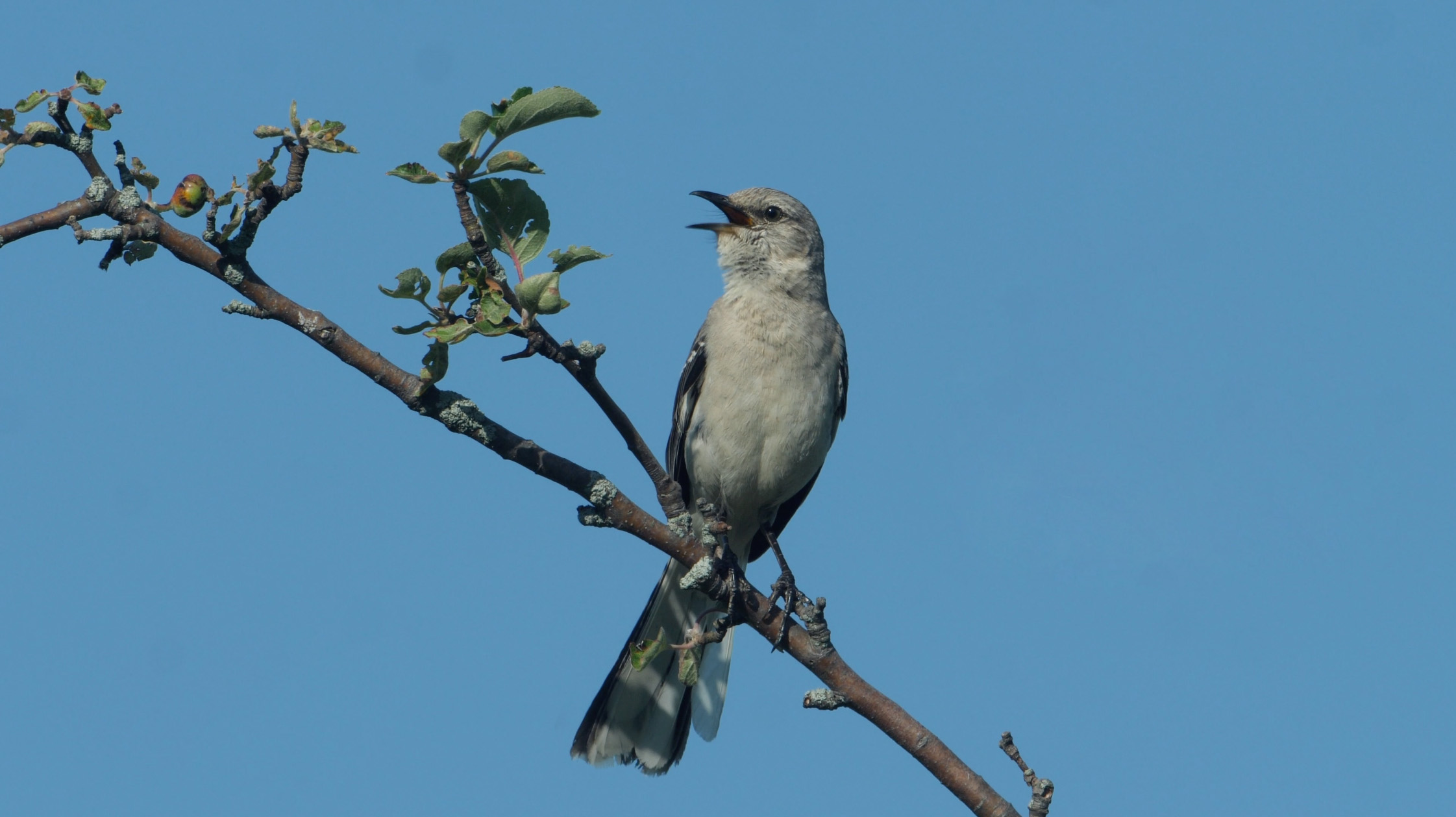The Northern Mockingbird (Mimus polyglottos) is one of North America’s most intriguing and versatile birds. Known for its exceptional vocal abilities and adaptability to various environments, this bird has become a symbol of resilience and diversity. From its impressive repertoire of songs to its widespread presence across the continent, the Northern Mockingbird offers a wealth of fascinating characteristics worth exploring. Let’s dive into the world of this remarkable bird, highlighting its behavior, habitat, and unique traits.
1. The Master of Song
One of the most distinctive features of the Northern Mockingbird is its extraordinary singing ability. This bird is renowned for its extensive vocal repertoire and mimicry skills:
- Vocal Variety: The Northern Mockingbird is capable of mimicking the songs of other birds, animals, and even mechanical sounds. It can incorporate up to 200 different songs into its repertoire, making it one of the most vocally versatile birds in North America.
- Courtship and Territory: During the breeding season, males use their singing abilities to attract mates and establish territory. Their varied songs serve both to showcase their fitness and to ward off rival males.

2. Adaptability and Habitat
The Northern Mockingbird’s adaptability is key to its widespread presence across diverse environments:
- Habitat Range: This bird can be found in a variety of habitats, including urban areas, suburban gardens, woodlands, and open fields. Its ability to thrive in different environments has contributed to its extensive range across North America.
- Diet and Foraging: Northern Mockingbirds have a varied diet that includes insects, fruits, and seeds. Their opportunistic foraging behavior allows them to make the most of available food resources in their habitat.

3. Behavior and Social Structure
The Northern Mockingbird exhibits interesting behaviors and social structures:
- Territoriality: Mockingbirds are highly territorial, especially during the breeding season. Males are known for their aggressive behavior in defending their territory from intruders.
- Nesting and Reproduction: They build their nests in shrubs, trees, or even in urban environments. The female lays 2-6 eggs, and both parents are involved in raising the young. The species is known for its dedication to protecting and caring for its offspring.
4. Conservation Status
The Northern Mockingbird is currently not considered endangered. Its adaptability and broad habitat range have contributed to its stable population. However, ongoing monitoring is important to ensure that environmental changes do not adversely affect its numbers.
- Urbanization Impact: While mockingbirds are adaptable to urban environments, rapid urbanization and habitat loss can pose potential risks. Conservation efforts to preserve natural habitats and promote green spaces can help support the species.
5. Cultural Significance
The Northern Mockingbird has a notable presence in culture and symbolism:
- State Bird: It is the state bird of five U.S. states—Texas, Florida, Mississippi, Alabama, and Tennessee—highlighting its widespread recognition and significance.
- Literary and Symbolic References: The Northern Mockingbird appears in various literary works and cultural references, symbolizing a range of themes from adaptability to artistic expression.
The Northern Mockingbird stands out as a remarkable example of avian versatility and resilience. Its exceptional singing abilities, adaptability to diverse environments, and cultural significance make it a captivating subject for bird enthusiasts and researchers alike. By appreciating and supporting the preservation of habitats and ecosystems, we can help ensure that this extraordinary bird continues to thrive.
Feel free to share your thoughts or experiences with the Northern Mockingbird in the comments below!




